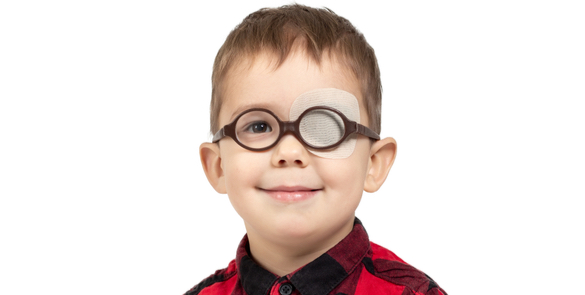What is Amblyopia? Lazy eye – the medical term is Amblyopia – is a common eye condition amongst younger children. It means that one eye is not developing properly and becomes ‘lazy’ because the brain is working harder with the good eye to compensate. The problem is that if the brain ignores the lazy eye,… Continue reading Amblyopia Therapy
EGGI7G9C-091025
